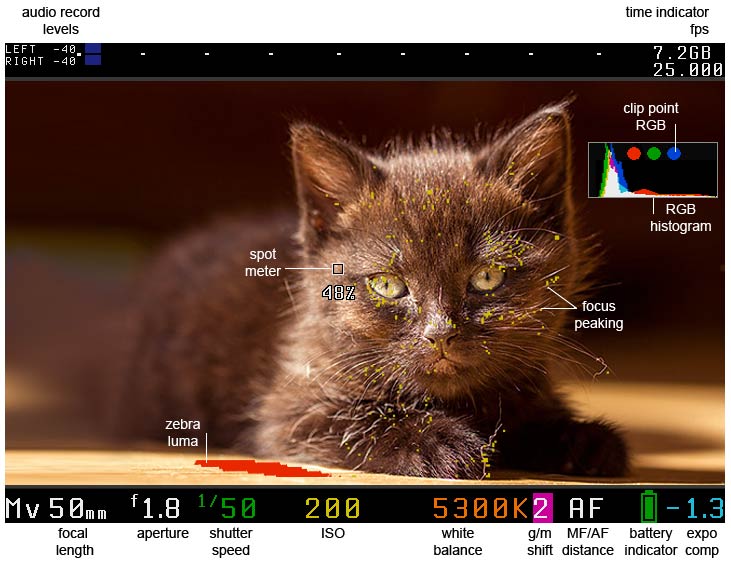

- #CINEMA PICTURE STYLE VS ML RAW HOW TO#
- #CINEMA PICTURE STYLE VS ML RAW INSTALL#
- #CINEMA PICTURE STYLE VS ML RAW SOFTWARE#
The uploaded profile will now reside under the selected User Def (1.3) picture profile on your camera.ĩ.

This will transfer the style to your camera.Ĩ. In the dialog window that opens, select the Picture Style file you have previously downloaded. items from the drop down menu at the top of the screen, and then click the ‘Open’ button.ħ. In the new window that appears, Select one of the User Def. Select the camera icon (red) and ‘Picture Style’.Ħ. Start the EOS Utility and click the menu button “Camera Settings / Remote Shooting”Ĥ. Connect your camera to your computer via USB and switch it on.ģ.
#CINEMA PICTURE STYLE VS ML RAW SOFTWARE#
Make sure that you have updated the software so you don’t run into problems!Ģ.
#CINEMA PICTURE STYLE VS ML RAW INSTALL#
Install or update the latest version of Canon’s EOS Utility for your PC or Mac.

Here are some short step-by-step instructions:ġ. For the process, you will need your camera, a USB cable, and the EOS Utility software. Installing your PP’s is very simple and only takes a few minutes.
#CINEMA PICTURE STYLE VS ML RAW HOW TO#
I recommend that you have a look at some of the videos that have been added as they will definitely help! DSLR Support Channel How to Use/Install Vimeo has developed a support group for DSLR shooters. Comparing Picture Profiles (Cinestyle, Cinema, Marvel & Neutral) With a flat image, you have a much better chance of recovering the clouds - OR if you under or over-expose something, you have a better chance to recover information that would otherwise be lost. With a baked-in image style, you are not able to recover it. Say your sky is blown out, but you wish you could see some of the clouds that were there on the day. Now you ask, why is a flat profile important? Well, when you bake-in the color/contrast settings into an image (pre-set PP’s), you are unable to retrieve information that would be available if you had shot flat.

However, when shooting for others, if the turn around time does not allow for colour timing/correction, I will shoot less flat (typically neutral). For all projects that I am producing, I always shoot the flattest image I can get. At any given time, I will have three PP’s loaded on my camera to switch between.įinal output also determines which PP I will be using. Wow, was I ever wrong!įor some shooting conditions, I find that some of the PP’s perform worse than others. I also did not really think that the results would be much different. I find that it all depends on shooting conditions and final output.įor the longest time, I had no idea that you could load PP’s onto your camera that were not pre-loaded. One of the hardest parts about them though is picking the right one for the right job. Picture Profiles/Styles (PP) are meant to optimize the dynamic range in the image. With the introduction of the new Cinema Picture Profile, I wanted to do a quick post on MY favorite picture styles as well as how to use/install them. Canon DSLR’s: My favourite Picture Profiles Philip: I haven’t used the new “Cinema” picture profile, yet, but Preston has and he has written this post looking at it and other ones he likes.


 0 kommentar(er)
0 kommentar(er)
